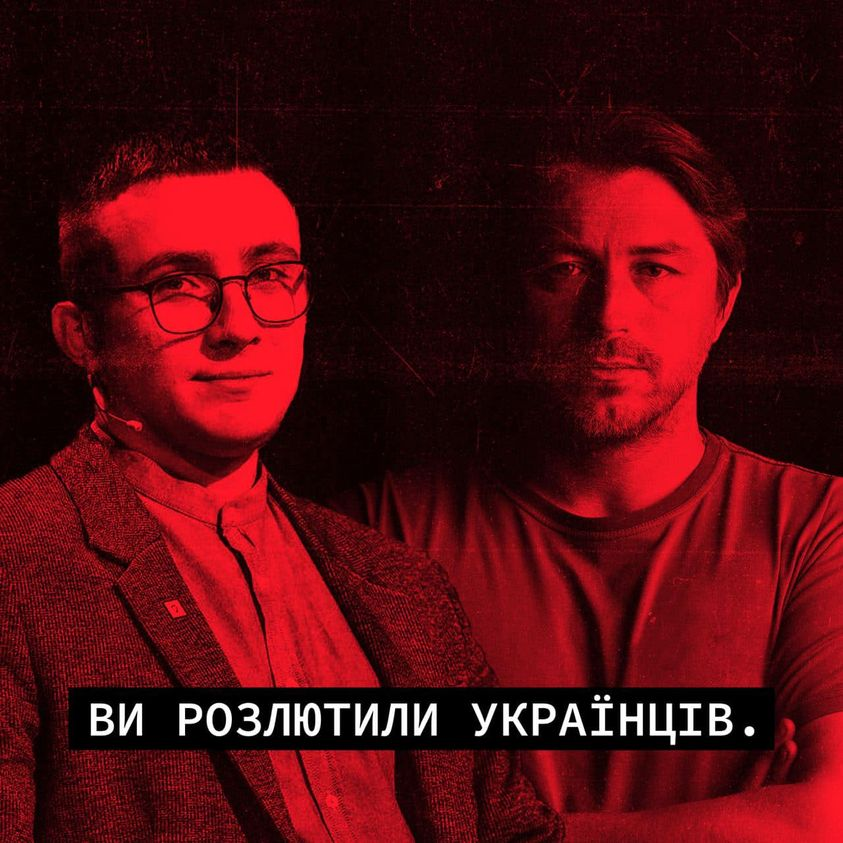Russian media and anonymous telegram channels actively reacted to the statement by Ukrainian President Volodymyr Zelenskyi about filing an application for accelerated entry into the North Atlantic Alliance (NATO).
Earlier during the week, Russian propagandists claimed that in the event of a nuclear strike, Ukraine would not retaliate and NATO would not help it in any way. They promoted the message that Ukraine may want to join NATO, but no one will take it there. On September 30, after Putin's speech about the annexation of four regions of Ukraine to Russia and Zelenskyi's statement about joining NATO, the propaganda rhetoric changed dramatically. They presented Ukraine's accession to NATO as a fait accompli.
We have identified several main theses of propagandists.
The application to join NATO is Zelenskyi's pathos.
This opinion is shared by pro-Russian bloggers in telegrams. Like, all this was done so that NATO would give more weapons, since Ukraine fixed the direction. And are the national leaders of NATO member states ready to send their citizens to their deaths?
Ukraine enshrined in the Constitution the course towards the European Union and NATO back in February 2019, when the Verkhovna Rada voted for the relevant bill.
Also during the war, the number of Ukrainians supporting accession to the EU and NATO increased. In a referendum, this initiative would be supported by 76%, against - 10%, 12% would not vote. In March 2022, 68% supported joining the Alliance. This is evidenced by the results of the thirteenth nationwide survey in the conditions of war, conducted by the Sociological Group "Rating" on June 18-19, 2022.
In addition, the United States is realistic about the prospect of Ukraine joining NATO. So Zelenskyi's statement is fully justified and aimed at the result, not provocation or pathos.
This is the counter-message to Russia that it officially takes over four regions.
Like, Bankova interrupted the Kremlin's information about Moscow's victorious reports. Zelenskyi in his statement showed a clear plan for Ukraine - we will recapture all our territories and are ready for negotiations with Russia, but with a different president of Russia.
The statement about joining NATO was made with an eye to at least something in time to grab from the collapse of Ukraine if Kyiv crumbles.
In announcing his application for accession, Zelenskyi urged Western partners to implement Ukraine-prepared proposals for security guarantees set out in the Kyiv Security Treaty. There are no alternatives to security, the President said. Ukraine can stop Russia's aggression only with the help of Europe and the United States.
Zelenskyi’s statement resembles the move with the “acceptance” of Ukraine to the European Union, how much joy there was and everything eventually calmed down, but they filled out a questionnaire for candidacy for the EU.
US President Joe Biden said the US would help Ukraine regain its territories. In response to annexation attempts, the United States along with allies and partners is announcing new sanctions today.
Accession to NATO, as well as to the EU, is not a quick process, but on this path Ukraine is supported and met.
NATO Secretary General Jens Stoltenberg said Ukraine is eligible to apply for membership, but the priority now is aid.
Ukraine's accession to NATO is dragging the United States into a war with Russia.
Putin has repeatedly threatened a nuclear attack on Ukraine. The US and the West understand that this is possible and that Putin needs to be stopped, so they support Ukraine and participate in this war with their help, although officially without their military on the territory of Ukraine.
"Bloody butchers go to the NATO trash can".

